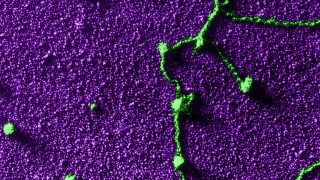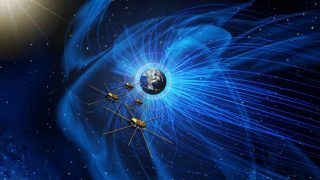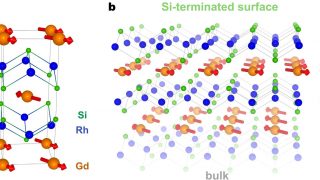
MI weekly selection #186
Humanities & Social Sciences • Science • Technology • Weekly Selection
Birds’ small brains pack big neuron punch Birds’ brains may be small, but they pack more neurons related to intelligence than many mammals with larger brains Researchers used an isotropic fractionator to measure the number of neurons in regions of birds’ brains and found that many songbirds and parrots packed more neurons in their brains […]








